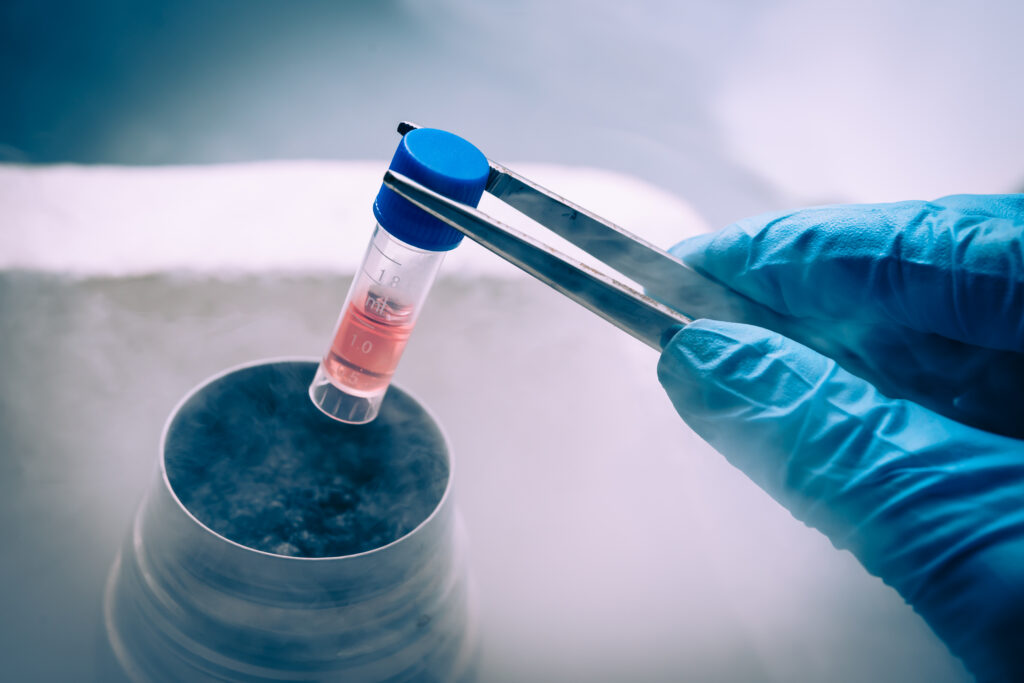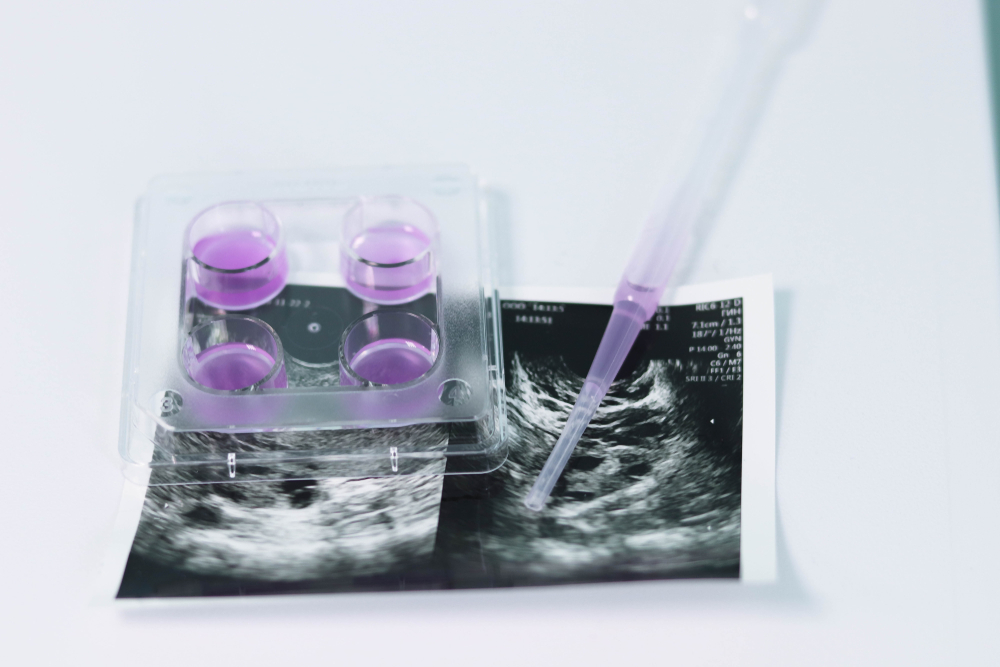Stem cell therapy has been a shining beacon of hope for those with chronic conditions. While it may not be a cure-all (yet, at least) it has shown a lot of promise in helping minimize symptoms and in reducing inflammation.
Stem cell clinical studies have shown even further promise in severe burn recovery, organ regeneration, and even in cancer treatments.
There are many different types of regenerative medicine using stem cells, and every one of them goes through a similar process:
Stem Cell Therapy Process
All treatments, from stem cell clinical studies, to the stem cell treatments we offer, goes through a similar process. This applies regardless of whether the treatment uses embryonic stem cells (research only), mesenchymal stem cell sources, or induced pluripotent stem cell strains.
What are stem cell injections, typically? In most private clinics, you’ll have access to a type of adult cell. These adult cells are also called mesenchymal or multipotent. However, you may also be treated with embryonic or iPSCs in research settings.
Regardless of the type of cell, they must be sourced, extracted, screened, and treated before entering your body. Here’s a breakdown of the process:
1. Sourcing
The first step is to source the stem cells. In some cases, this may be from your own body or a family member’s. This is usually what’s done to treat blood diseases and cancers. For other purposes, however, you’ll be looking at different sources.
The option we use here at Bioxcellerator are umbilical cord tissue derived stem cells, and those from Wharton’s Jelly. We’ve chosen these umbilical cord tissue derived cells because they’re juvenile. This means that they’re actually more likely to be accepted by your body than other adult stem cells.
The other reason why we’ve chosen this source is because we can easily acquire donated umbilical cords, and screen the person’s health in advance. This gives us the best stem cell sources to start with.
2. Extracting
The next step is to extract the stem cells from the tissue. This gives us a collection of working stem cells, but we don’t just immediately inject you with them. Instead, they need to go through a rigorous process, and quickly.
3. Screening
It wouldn’t be regenerative medicine if your treatment inadvertently resulted in you developing a whole new condition because your cell treatment had it. That’s why all stem cells are screened. If there are any diseased or damaged stem cells in the lot, they are removed.
4. Purifying and Dividing
The stem cells are then purified. This means that they’re energized with nutrients and even a growth hormone. The goal here is to keep them thriving and, most importantly, dividing. This step works to increase the number of stem cells as much as possible outside of the body.
5. Storing
The next step is the most important, and we’ll get into why in the next section. After the stem cells have been boosted, we then screen them one last time for any issues, and store them in deep-freeze conditions. Now, why do stem cells need to be preserved on ice? Let’s get into it:
Why Do Stem Cells Need to Be Preserved?
What are stem cells, but tissue? If a part of you is cut off, then it’s on the clock. You can reattach certain limbs like your fingers, if you get it reattached professionally, and quickly enough. You can extend the amount of time you have by keeping both limbs on ice. It doesn’t work for everything (you can’t reattach your whole arm, for example), but you can reattach the tip of a finger.
The same principle applies to stem cells. All cells need to be stored, eventually, on ice as it:
Keeps Them Alive
Stem cells can survive for short periods of time outside of your body. However, without the energy supplied by your system, they will die shortly after. Using artificial means to keep those cells energized will only work for so long, so storing them in a cryogenics system is the best way to preserve the cells until they can be reenergized and injected.
Allows for Faster Treatments
Sourcing, extracting, purifying, and every other stem takes time. If everyone who wanted or needed stem cell treatment had to wait to get their stem cells fresh, then you would end up waiting months, if not years, for treatment. By doing the legwork ahead of time, you can start your treatments faster. This way children with autism flare-ups can benefit from the anti-inflammation benefits of stem cells when they need it most, not ages later.
Makes Treatment More Accessible
By freezing stem cells, we can make them more accessible. This is because we can transport stem cells between clinics offering stem cell therapy, so they’re more readily available where there’s needed. This is how we can offer stem cell treatments so quickly at all of the locations we cover, since we process them off-site.
Makes Treatment More Affordable
The stem cell therapy cost is already high because of the limited number of cells available and the processing times and costs. If we had to wait for patients to come around and then try to source stem cells ASAP, the cost would actually increase. By sourcing and preparing cells in advance, we can help keep the costs low and more affordable. Even then, We understand that the cost can be too much, so we also offer payment plans.
Want to Start Your Stem Cell Treatment?
Stem cell treatments are the key to regenerative medicine. They can help with tissue repair and with symptom management. Thanks to their anti-inflammatory and regenerative properties, stem cells can help those with arthritis all the way to children with autism flare-ups.
All that’s left is to get in touch with our team. We can answer any additional questions you may have, and, thanks to our preservation process, are primed and ready to offer you treatment as soon as you’re ready.


